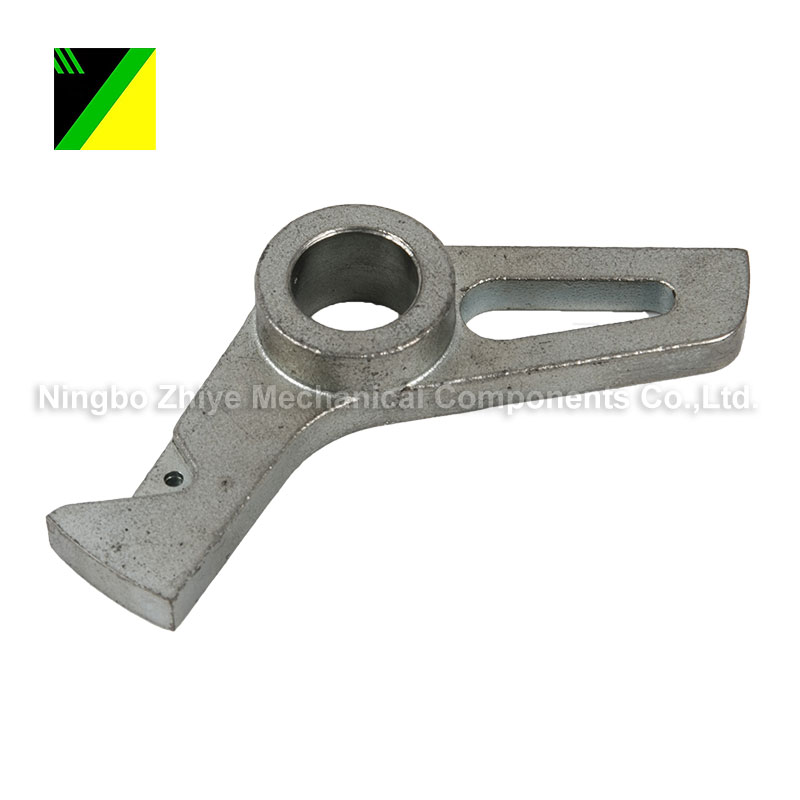Application of Silica Sol in Architectural Coatings
2023-10-18
Many customers who do architectural coatings and technical communication suspect that the aluminum dihydrogen phosphate in the zinc alloy die casting factory cannot be used in architectural coatings, but there are very few technical experts who make it, even if it is made into a sample. None of them dared to go to the line to manufacture because there are too many uncertain factors. The main manifestations are as follows:
1. Compatibility of high-quality silica sol castings with organic solutions
Colloidal silica is miscible with organic solutions such as ethyl acetate and glacial acetate, and the limit value of mixing causes solidification. When the pH value changes, the compatibility of colloidal silica also changes (water-soluble paint, printing paper, etc.) squeegee type)
2. Compatibility of surfactants
Colloidal silica is usually mixed with cationic and non-cationic surfactants, wetting agents, impure electrolyte solutions, and other anti-sedimentation agents, which can easily cause suspected gelation and cannot be used.
3. Moisturizing cream and phenolic glue compatible resin
It is generally possible for colloidal silica to be miscible with epoxy resins (containing fewer carboxyl groups) with the same PH value and positive charge. When applying moisturizing emulsions, it is necessary to prevent gelation with demulsifiers.
The gelling process of aluminum dihydrogen phosphate is also a drying process in essence. When the moisture content of high-quality lost foam castings continues to decrease and the concentration gradually increases, the Brownian motion of particles increases the chance of colliding particles. Silicon-based polycondensation occurs on the surface of the two particles in contact, thereby converting into silicone gel. This link is irreversible. It is not easy to dissolve and dissolve automatically in water, even if it is boiled in boiling water. In the cooked state, the more fully the silicone gel is dehydrated, the more complete the sialaldehyde bond between the colloidal particles, the higher the density of the silicone gel structure, and the higher the strength.



